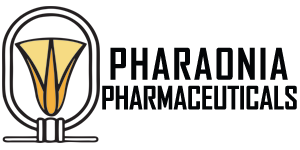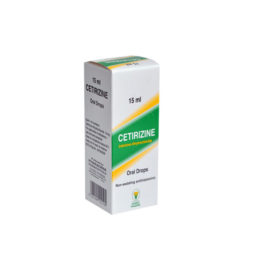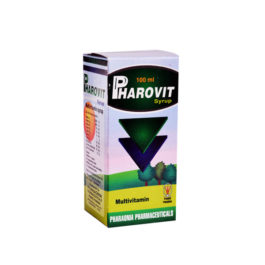Description
Indication:
• Local treatment of bacterial vaginosis due to trichomonas and non specific vaginitis.
Dosage & method of administration:
ϖ Vaginitis due to trichomonas:
1 vaginal suppository to be administered daily for 10 days in association with oral treatment.
ϖ Non specific vaginitis :
1 vaginal suppository to be administered daily for 7 days in association with oral treatment if necessary.
♣ Simultemaous treatment of the partner is a must whether clinical signs are present or not.
♣ Treatment with metronidazole should not be prescribed for more than 10 days and not to be repeated more than 2 to 3 times per year.
Contra indications:
Hypersensitivity to imidazoles.
Warning & Precautions:
♣ Alcohol should be avoided during metronidazole administration and one day after because of the possibility of disulfiram-like reaction.
♣ Peripheral neuropathy, transient epileptiform seizures and leucopenia have sometimes been associated with prolonged or intensive treatment with metronidazole.
♣ Clinical monitoring is advised in patients receiving metronidazole for more than 10 days.
♣ Doses should be reduced in patients with severe hepatic impairment.
Interactions:
– Disulfiram: Disulfiram may lead to delirium or mental confusion (psychotic reactions).
– Alcohol: Alcoholic beverages and drugs containing alcohol should be avoided during treatment with metronidazole and at least one day after discontinuing treatment because of the possibility of disulfiram-like (antabuse effect) reaction (flushing, vomiting, tachycardia).
– Warfarin: Because of the potentiation of oral anticoagulants effect and hemorrhagic risk (decrease in the oral anticoagulants hepatic catabolism), prothrombin level should be monitored more frequently. Oral anticoagulant dosage must be adjusted during metronidazole treatment and 8 days after discontinuation.
– Vecuronium (non-depolarising neuromuscular blocking agent): Metronidazole potentiates the action of vecuronium.
– 5-fluoro-uracil: Metronidazole increases the toxic effect of 5 fluorouracil due to 5 fluorouracil reduced clearance.
– Lithium: Plasma levels of lithium may be increased by metronidazole. Plasma lithium concentration, creatinine and electrolytes should be monitored in patients who are co-administered lithium and metronidazole.
– Cyclosporin: Risk of cyclosporin serum levels elevation. Serum cyclosporin and serum creatinine should be closely monitored when coadministration is necessary.
– Phenytoin or phenobarbital: Increased elimination of metronidazole results in reduced plasma levels.
– Busulfan: Plasma levels of busulfan may be increased by metronidazole, which may lead to severe busulfan toxicity.
Pregnancy & lactation:
– It is suggested that metronidazole should be avoided in the first trimester of pregenancy.
-Metronidazole should be avoided in nursing mothers due to the fact that it passes into breast milk.
Side effects:
– gastrointestinal disturbances: epigastric pain, nausea, vomiting, diarrhea, taste disorders, mouth dryness, metalic taste, stomatitis, anorxia,.
– Hypersensitivity reactions: pruritus, Skinyash, urticaria, erythma multiform Angioedema.
– Neurological disorders: headache, peripheral neuropathy, numbness, tingling in the extremities neuropathy, convulsions, vertigo, ataxia, confusion, hallucination.
– Leucopenia & thrombocytopenia.
– Hepatic manifestations: raised liver values and cholestatic hepatitis & jaundice.
– Urethral discomfort & darkening of the urine.
Pharmacological properties:
Pharmcodynamic properties:
Metronidazole is an anti-infective agent belonging to 5-nitroimidazole group.
Antibacterial spectrum of metronidazole concerns:
Susceptible species:
Anaerobic pathogens helicobacter pylori & Gardenerella vaginalis:
– Gram-ve aerobic pathogens: bacteroides fragilis, Fusobacteruim.
– Gram +ve aerobic pathogens: clostridium sp, eubacterium, peptostreptococcus.
– Protozoa: Balatidium Coli, Entamoeba histolitica, giardia intestinalis & trichomonas vaginalis.
Pharmacokinetics:
Absorption of metronidazole after administration by vaginal route is low with bioavailability 20 to 25%.
-Plasma t1/2 from 8 to 10 hours.
– Metabolism is mainly hepatic .
– Excertion is mainly urinary: metronidazole and oxidized metabolites are excreted in urine.
Packing:
Carton box containing 5 vaginal suppositories in (PVC/PE) strip with a pamphlet.
Storage:
Keep at temperature not exceeding 30C.







Reviews
There are no reviews yet.